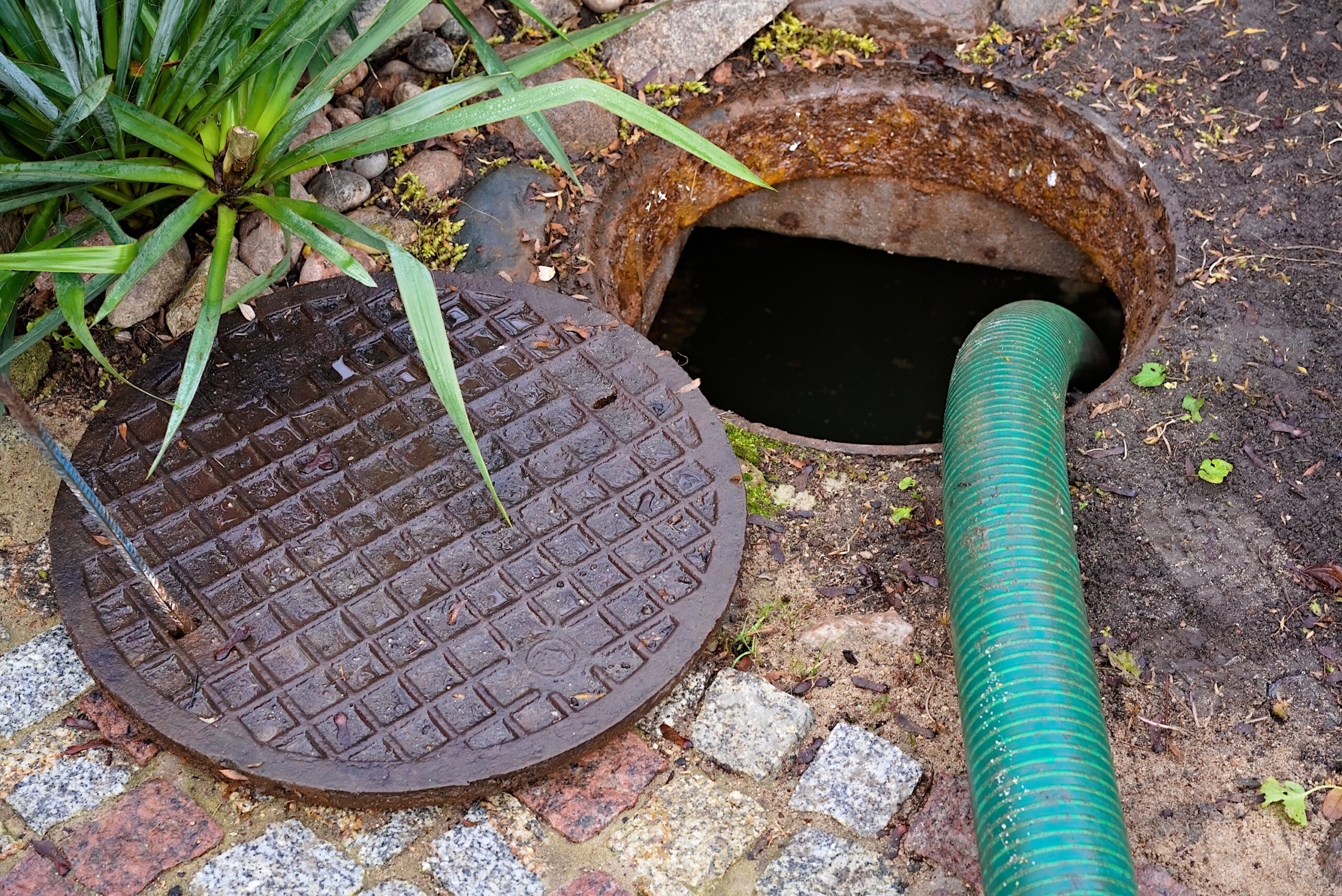Aging septic systems often require constant attention in order to continue functioning properly. Regular pumping can mitigate some potential problems, but upgrading to an aeration system is generally the most effective way to address the issues that typically arise in older septic tank systems. These advanced devices can reverse the early stages of septic system failure and can provide added efficiency for septic tanks not yet in an advanced state of deterioration, making them a valuable tool for homeowners in maintaining septic tanks and drain fields more efficiently. Additionally, aeration systems produce cleaner water at every stage of the septic remediation process, allowing homeowners to address environmental concerns while preserving the function of their existing septic systems.
Advantages of septic aeration systems
Aeration systems, as their name suggests, introduce oxygen into the closed septic tank environment. This allows and promotes the growth of aerobic bacteria already present in organic waste material. Aerobic bacteria have been proven to be much more efficient than their anaerobic counterparts in breaking down and converting solid wastes and particulate matter into their basic components. This increased efficiency allows faster decomposition inside the septic tank and can reverse the buildup of particulate matter that can clog conduits and reduce the functionality of the entire system.
How aeration systems work
Retrofitting an existing septic tank with an aeration system involves the installation of an electrically powered septic aerator in front of the first effluent baffle. Effluent baffles are designed to slow the flow of wastewater, allowing bacteria to act on the particulate matter for a longer period of time. By placing the aeration system directly in front of the first baffle, homeowners can boost the effectiveness of the initial stages of decomposition inside the tank, reducing the load at other stages of the wastewater remediation process. This can often reverse the initial phases of septic system failure and can provide improved function for older septic tank systems.
Reducing bio-mat for healthier systems
Even in properly functioning septic systems, organic matter can accumulate at the bottom or around the sides of the tank and interfere with wastewater flow and decomposition activities. This bio-mat is the result of inefficient bacterial processes within the tank, which can allow biological materials to remain undigested for long periods of time. Installing an aeration system is one of the most effective ways to reduce and eliminate bio-mat buildup in home septic tanks. The improved efficiency and decomposition power provided by aerobic bacteria can break down bio-mat and prevent it from building up within the system, improving the overall functioning of the entire septic system.
Homeowners can avoid many of the problems associated with aging septic systems by retrofitting their tanks with advanced aeration systems. Aerobic bacterial systems offer faster decomposition rates and improved remediation for overloaded and failing septic tanks, making them an ideal solution for many home septic systems.











